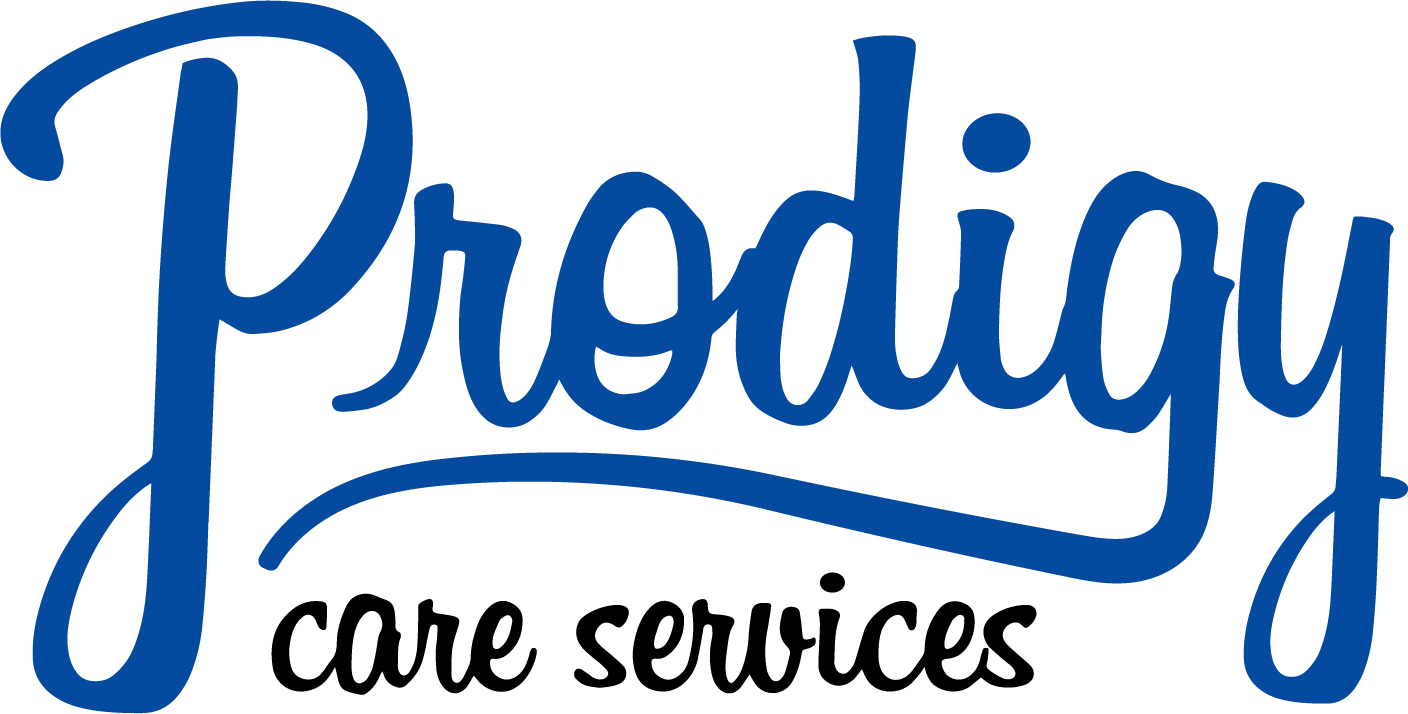Cardiovascular Disease Claims in Workers’ Comp (Part 1 of 2)
Summary
Heart disease isn’t just a personal health issue—it’s a hidden workplace hazard driving up complex, costly claims. As the workforce ages and job stress intensifies, cardiovascular events are becoming one of workers' comp’s most expensive and under-managed risks. Prodigy's Specialty Nexus program delivers the clinical oversight needed to manage these claims smartly and strategically.
—
Heart disease (CVD)has topped the charts as the leading cause of death in the U.S. since 1950. It’s not just a health crisis—it’s a workplace issue hiding in plain sight. Most people associate heart disease with aging, genetics, or lifestyle choices. Few thinks about the job. Job related CVD is increasing because our workforce is aging, comorbidities are rising, and jobs aren’t getting any easier on the heart.
What is heart disease?
Heart disease is a broad term—coronary artery disease, heart attacks, arrhythmias, heart failure. Often, it lurks undetected until the damage is done. While risk factors like high blood pressure, smoking, and diabetes are well-known, there's growing evidence that workplace conditions may also tip the scale and accelerate employee risk in the workplace:
Long hours and shift work
High-stress, low-control roles
Exposure to physical or chemical hazards
Lack of breaks, hydration, or access to medical care
Physical overexertion, often in heat or high-risk settings.
Whether the stress is physical, environmental, or psychosocial, the result can be the same: a cardiovascular event that triggers a complex and costly claim.
High-Risk Jobs, High-Cost Claims
Some roles carry greater exposure by design:
Truck drivers and long-haul operators
Firefighters, EMTs, and police officers
Construction and plant workers
Healthcare workers in high-stress environments
Military personnel, aircrew, divers, and extreme-condition roles
Claims from these professions often include preexisting conditions—hypertension, high cholesterol, or Type 2 diabetes—that complicate causation and increase costs.
When Heart Claims Enter the Comp Conversation
It depends—on the state, the circumstances, and the documentation. Workers' comp isn’t designed for chronic disease… but what happens when work causes or worsens that disease?
In many states, heart conditions may qualify as compensable if:
The event happened on the job and under stress or exertion
The condition was significantly aggravated by job duties
Medical evidence connects the cardiovascular event to the work
Some states offer presumptive coverage for public safety professionals and front-line workers. But for the vast majority of roles, these cases trigger friction, dispute, or heavy medical management needs.
Why These Claims Are So Expensive—and So Challenging
Cardiovascular claims can involve:
Emergency care and hospitalization
Surgical interventions (e.g., stents, bypass)
Extended time off work or modified duty
Specialty drug therapies
Ongoing monitoring for comorbidities
In 2020, heart disease accounted for $252 billion in U.S. healthcare costs. Within workers’ comp, the total cost can be exponential—especially when claimants have repeat hospitalizations, slow recoveries, or untreated risk factors.
The Role of Clinical Oversight: Where Specialty Nexus Adds Value
This is where Specialty Nexus becomes critical.
These are not routine claims. They require:
Clinical expertise to evaluate cardiac medications and contraindications
A clear understanding of how work exposures influence disease progression
Intervention-first strategies—not just utilization review
Documentation support for compensability disputes or approvals
Tracking and trend analysis across large books of business
Prodigy’s Specialty Nexus program helps payers answer questions like:
Was the heart attack exacerbated by occupational strain?
Is this claimant stable for return to work on beta blockers?
Are we overpaying on a cardiovascular drug that has a safer, cheaper alternative?
It’s not about fighting claims—it’s about managing them intelligently.
Conclusion
The link between heart health and work is no longer theoretical—it’s playing out in claim files every week. As workers’ comp continues to evolve, cardiovascular disease is quietly becoming one of the most complex, expensive, and under-managed exposures in the system.
Prodigy is built to meet that moment—with clinical oversight, claim intelligence, and solutions that go beyond the formulary. Because when the heart breaks on the job, your strategy better be strong enough to handle it.
By Alyssa Obrien
PharmD Candidate (P4)
For questions, e-mail pharmd@prodigyrx.com
Citations
1. Centers for Disease Control and Prevention (CDC). (2023, July 3). Leading causes of death. National Center for Health Statistics. https://www.cdc.gov/nchs/fastats/leading-causes-of-death.htm2. Centers for Disease Control and Prevention (CDC). (2024, January 3). Heart disease deaths. National Center for Health Statistics. https://www.cdc.gov/nchs/hus/topics/heart-disease-deaths.htm3. Centers for Disease Control and Prevention (CDC). (2023, February 16). What is heart disease? https://www.cdc.gov/heart-disease/about/index.html4. MedlinePlus. (2023, October 24). Heart diseases. U.S. National Library of Medicine. https://medlineplus.gov/heartdiseases.html5. National Institute for Occupational Safety and Health (NIOSH). (2022, November 15). About work and heart disease. Centers for Disease Control and Prevention. https://www.cdc.gov/niosh/heartdisease/about/index.html6. Kushnir, V. A., Lawler, P. R., & Narula, J. (2024). Workplace interventions for cardiovascular health: A global opportunity. Journal of the American Heart Association, 13(6), e035824. https://doi.org/10.1161/JAHA.124.0358247. Cheng, S., Dai, X., Zhang, L., Wang, H., Zhang, X., & Shi, L. (2023). Association of occupational exposure and cardiovascular disease: A systematic review. Journal of Occupational Health, 65(1), e12345. https://www.ncbi.nlm.nih.gov/pmc/articles/PMC11546313/8. Perk, J., De Backer, G., Gohlke, H., Graham, I., Reiner, Ž., Verschuren, W. M., ... & Wood, D. A. (2022). Prevention of cardiovascular disease in the workplace: A European perspective. European Journal of Preventive Cardiology, 29(4), 702–710. https://doi.org/10.1093/eurjpc/zwab2189. Disparti Law Group. (n.d.). Is a heart attack at work covered by workers’ comp? https://www.dispartilaw.com/heart-attack-at-work-covered-by-workers-comp/10. Minnesota Department of Labor and Industry. (n.d.). Workers’ compensation benefits: General information. https://www.dli.mn.gov/business/workers-compensation/work-comp-benefits-general-information11. American Academy of Actuaries. (2023, April). COVID-19 and workers’ compensation: Considerations for 2020 and beyond. https://www.actuary.org/sites/default/files/2023-04/IB_COVIDworkers_comp_2020.pdf12. Virani, S. S., Alonso, A., Aparicio, H. J., Benjamin, E. J., Bittencourt, M. S., Callaway, C. W., ... & Tsao, C. W. (2021). Heart disease and stroke statistics—2021 update: A report from the American Heart Association. Circulation, 143(8), e254–e743. https://doi.org/10.1161/CIR.000000000000125813. Li, J., & Siegrist, J. (2022). Work stress and cardiovascular disease: An updated review. International Journal of Environmental Research and Public Health, 19(12), 7456. https://www.ncbi.nlm.nih.gov/pmc/articles/PMC9379504/14. Mayo Clinic. (2022, December 8). Heart disease prevention: Strategies to keep your heart healthy. https://www.mayoclinic.org/diseases-conditions/heart-disease/in-depth/heart-disease-prevention/art-20046502

